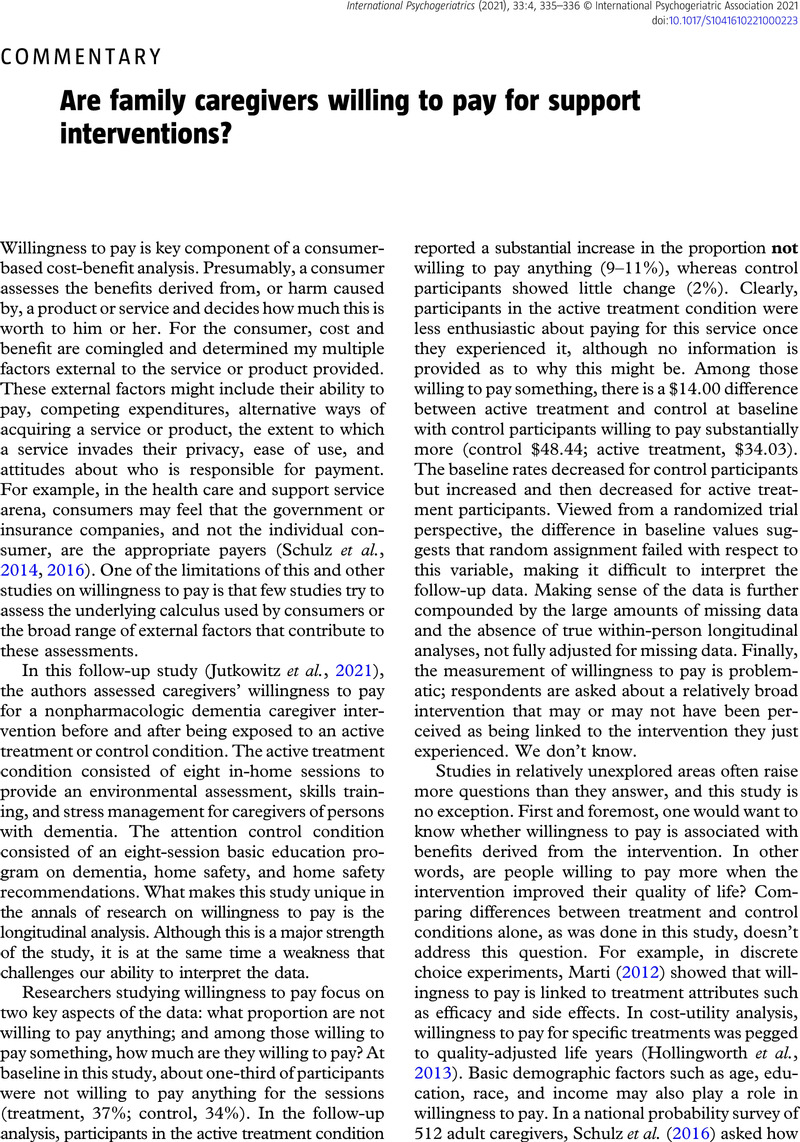Crossref Citations
This article has been cited by the following publications. This list is generated based on data provided by Crossref.
Hassan, Alhassan Yosri Ibrahim
Cucculelli, Marco
and
Lamura, Giovanni
2023.
Caregivers’ willingness to pay for digital support services: Comparative survey.
Health Policy,
Vol. 130,
Issue. ,
p.
104751.



